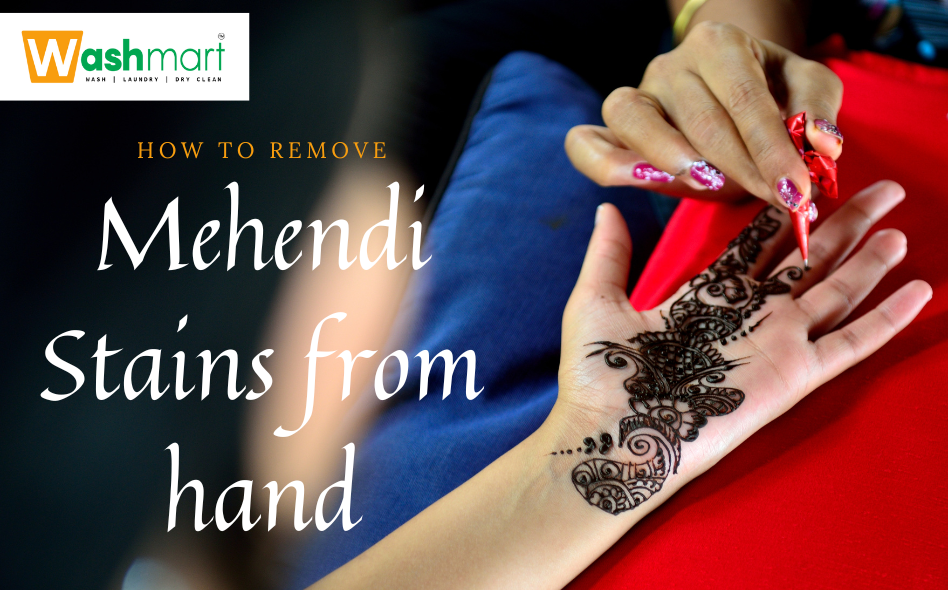
How to Remove Mehndi Stain from Hand
Mehndi, also known as henna, is a beautiful and intricate form of body art that has been practiced for centuries in various cultures around the world. Whether it’s for a wedding, festival, or a special occasion, mehndi designs can add a touch of elegance to your hands. However, sometimes, the mehndi stain may linger longer than you’d like. If you’re searching for effective ways to remove mehndi stains from your hands, you’ve come to the right place. In this comprehensive guide, we’ll walk you through various methods and tips to help you bid farewell to those stubborn mehndi stains.
Understanding Mehndi Stains
Before we dive into the removal methods, it’s essential to understand why mehndi stains can be challenging to remove. The mehndi paste, when applied to the skin, leaves behind a vibrant red or brownish-orange pigment. This coloration is due to a chemical reaction between the mehndi dye and the keratin in your skin. Over time, this pigment naturally fades as your skin cells shed and regenerate. However, there are instances where you might want to expedite the process.
Method 1: Lemon Juice and Baking Soda
Lemon juice is known for its natural bleaching properties, making it an effective choice for lightening mehndi stains. Here’s how to use it:
- Ingredients:
- Fresh lemon juice
- Baking soda
- Procedure:
- Mix lemon juice and baking soda to create a paste.
- Gently apply the paste to the stained area.
- Let it sit for 10-15 minutes.
- Rinse it off with warm water.
- Tip:
- Be cautious if you have sensitive skin, as lemon juice can cause irritation.
Method 2: Hydrogen Peroxide
Hydrogen peroxide is another potent stain remover. Please follow these steps to use it:
- Ingredients:
- 3% hydrogen peroxide solution
- Cotton ball
- Procedure:
- Soak the cotton ball in hydrogen peroxide.
- Gently rub the stained area with the cotton ball.
- Rinse with water.
- Caution:
- Do a patch test before using hydrogen peroxide, as it may cause skin irritation in some cases.
Method 3: Olive Oil
Olive oil is not only great for cooking but also for skin care. It can help in gently fading mehndi stains. Here’s how to use it:
- Ingredients:
- Extra virgin olive oil
- Cotton ball
- Procedure:
- Apply a generous amount of olive oil to the stained area.
- Gently massage the area for a few minutes.
- Wipe off the excess oil with a clean cloth.
- Note:
- Olive oil not only lightens the stain but also moisturizes your skin.
Method 4: Exfoliation
Exfoliation is a process that helps remove the top layer of dead skin cells, taking the mehndi stain with it. Here’s how to exfoliate effectively:
- Ingredients:
- Exfoliating scrub
- Loofah or exfoliating glove
- Procedure:
- Wet your skin and apply the exfoliating scrub.
- Gently rub the stained area in circular motions with a loofah or exfoliating glove.
- Rinse thoroughly.
- Frequency:
- Repeat this process 2-3 times a week for best results.
Method 5: Time and Patience
Sometimes, the best way to remove a mehndi stain is to simply wait. As mentioned earlier, mehndi stains naturally fade over time as your skin renews itself. The more you wash your hands and expose them to the elements, the faster the stain will fade.
Conclusion
In this article, we’ve explored various methods to help you remove mehndi stains from your hands. Whether you opt for natural remedies like lemon juice or olive oil, or choose to go with chemical options like hydrogen peroxide, the key is to be patient and consistent. Mehndi stains will fade over time, but these methods can expedite the process.
Remember to perform patch tests before trying any of these methods, especially if you have sensitive skin. And always moisturize your hands to keep them soft and healthy.
